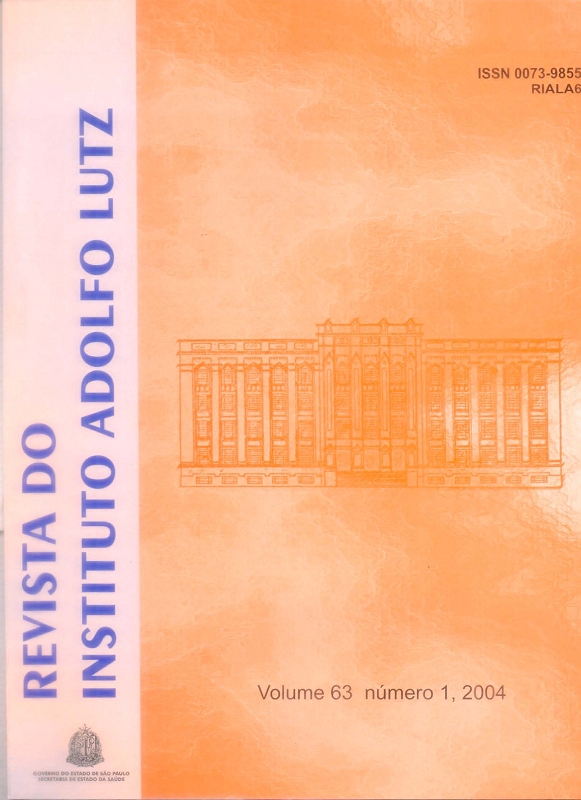Resumo
Many investigations on the cellular reserves within the
cotyledon mesophyll of the genus Theobroma have been
carried out on Theobroma cacao seeds, the source of raw
material for the production of chocolate. These studies
demonstrated structural cellular changes due to fermentation,
drying, and roasting processes during chocolate production.
Recently the seeds of the T. grandiflorum have been analyzed
due to their importance in the production of “cupulate”, a new
product similar to chocolate. In the present work, we analyze
the lipid-protein reserve cells and polyphenolic idioblasts
derived from T. cacao, T. grandiflorum, T. subincanum, T.
bicolor, T. speciosum and T. obovatum. Only phenolic cells
were studied in T.obovatum and T. microcarpum.The
distribution of lipid bodies was similar in all the species studied;
that is, they were located at the periphery of the cell wall and
demonstrated extremely susceptibly to heat, coalescing at
temperatures above 30°C. The reserve protein was interspersed
with lipid bodies and some starch granules. The polyphenolic
cells were dispersed throughout the mesophyll and around
the vascular bundles in all the species studied. In T. bicolor
and T. speciosum the polyphenolic cells were only observed
around the vascular bundle and radicle parenchyma. Mucilage
is a cellular secretion in the five species studied. Mucilage
does not accumulate intracellularly; however, rarely we did
observe mucilage in the cells of the mesophyll epidermis of T.
subincanum. In T. speciosum, mucilage cells were abundant in
the mesophyll and about 10% reached large dimensions
without tissue disruption. The polyphenolic cells presented
characteristic mucilage histochemistry, however their strict
association with vascular bundles should direct their
development towards polyphenol synthesis. Cotyledon
mesophyll tissue is similar in all the species studied with
respect to lipid-protein reserve. Immature cells demonstrated
the capacity to synthesize all the reserves, but this capacity is
not retained in the mature cell. The distribution of reserves in
the mesophyll are most similar in T. grandiflorum and T.
subincanum. T. bicolor showed a high protein content, lower
lipid levels and low levels of polyphenolic cells.

Este trabalho está licenciado sob uma licença Creative Commons Attribution 4.0 International License.
Copyright (c) 2004 Martini, M. H.
